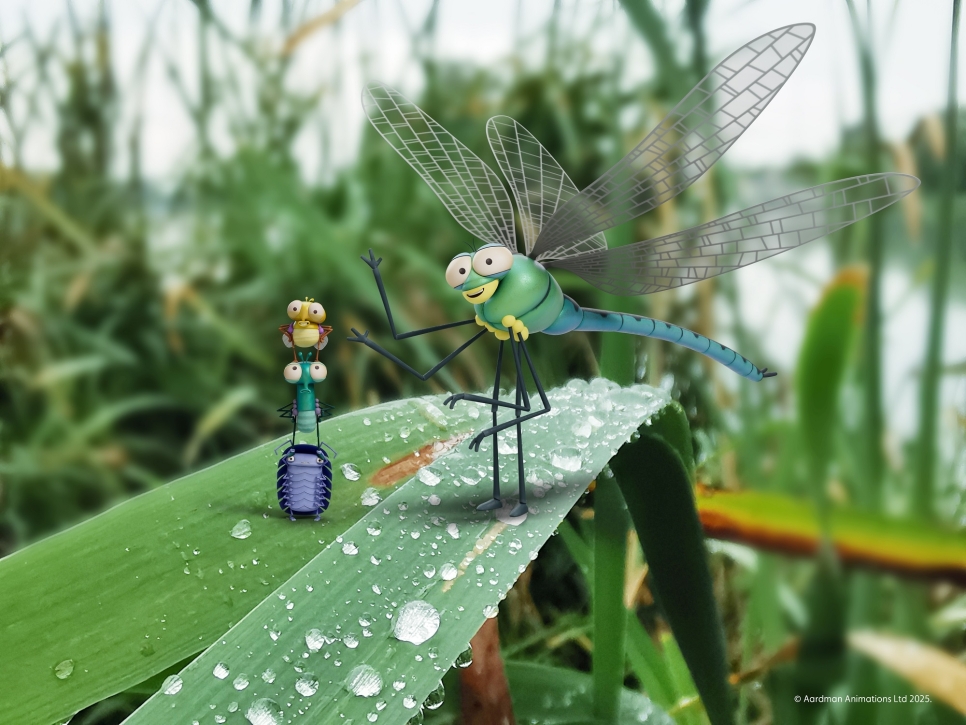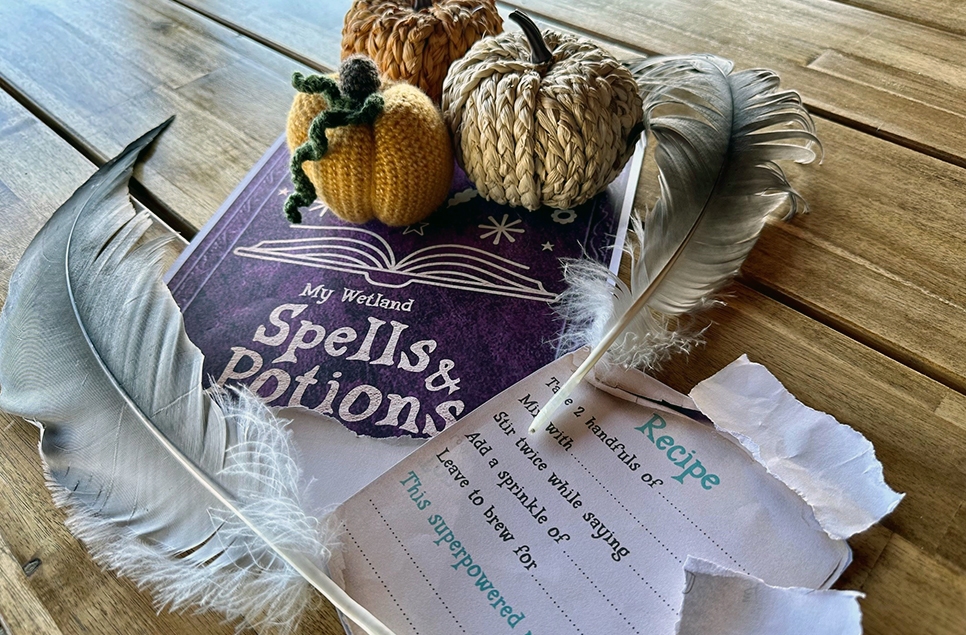It's a joyous jubilee for wetland nature this June
The days are longer and warmer, more dazzling insects are on the wing, and precious new life and signs of summer can be seen almost everywhere you look.
From the swathes of bobbing oxeye daisies buzzing with pollinators - to the fluffiest, wobbliest cygnets and ducklings taking their first steps. Soaring swifts and swallows swoop across the sky in their quest for bugs to feed their chicks, and the carefully camouflaged summer migrants fill the lush reedbeds with their melodic chorus.
This half term and Jubilee Bank Holiday, make the most of your time off together to reconnect with nature and explore the glorious wetlands. If you're not quite sure where to start, here are some of the most regal sights, family activities and seasonal highlights you can look out for when you visit.
Priceless Jewels - Dragons and Damselflies
Slow down the pace as you walk, and scan the sparkling waters for flashes of bright azure blue, emerald green and ruby red. If they're close enough or settled in the sun, you could be rewarded with a glimpse of iridescent stained glass so intricate it beggars belief!
Here's a useful ID guide to help you separate your emperors from your emeralds.
Patience is key. If your dragonfly or damselfly flies off, just wait - it could return to the same landing spot within a few seconds.

Resplendent dragonflies and damselflies have started to emerge from the ponds after spending most of their lives underwater as dull-coloured larvae. Development normally takes one or two years, but golden-ringed dragonflies can spend more than five years beneath the surface. They're all very effective hunters, even in their larval stage, feasting on other larvae, snails, worms, tadpoles, small fish and other similar-sized things they can catch.

When they emerge they have to moult, so look out for their old skins (exuvia). You might even be lucky enough to see one extracting itself on some vegetation. Just make sure you don't get too close or interfere with the gruesome process. These guys have enough to worry about at this stage, as they're very vulnerable to predation in their first few hours out of water.

It's a blooming miracle when they do dry off and pump up their wings, so make time to appreciate these beauties. Now they've reached the pretty stage, they typically only have 6 - 8 weeks to live and have to create the next generation in this short time. You will no doubt get the chance to see this fascinating process here - with males and females joined together, sometimes in an almost heart-shaped position. How romantic!
Females can then be seen across the site, ovipositing (laying their eggs) in the ponds.
Royal Families

The mute swans that call the nature reserve home can be seen escorting their adorable fluffy cygnets along the waterways in royal processions across the Millennium Wetlands. It's always a delight to spend some time watching the youngsters imitate their parents, learning how to preen and forage. Mum and dad make excellent bodyguards, so always keep your distance to avoid stressing them out.

It's not just the swans who have been busy this spring. The wild greylag geese and shelduck have once again made good use of our grounds (and regular feeding times!) to raise their offspring. Look for them as you explore our living collection ponds and play areas.

The Kingfisher
The clean waters and plentiful supply of fish in the wetlands make our reserve the perfect home for kingfishers. These super speedy masters of fishing live here year-round, but seeing one still requires a lot of patience and good old-fashioned luck.

Head to the Michael Powell or Peter Scott hides for your best chance to see one, and listen out carefully for a shrill 'tzeep tzeep'. This sound might be the only warning you get before you see a dazzling flash of electric blue whizz past! You will never forget your first kingfisher sighting.
When these incredible birds are hunting for fish, they sit motionless on a suitable perch. If you are fortunate enough to be in the right place at the right time, you may see one staring into the water below, waiting for the perfect moment to dive down and pluck a fish out.
Majestic Moths
Butterflies may get all of the attention during the day, but moths own the night (and our Moth Mornings).

Join us on Tuesday and Thursday morning this half term (10:00 am) for a fun guided session to identify the fantastic variety of moths attracted to our lamp overnight. Get up close to some of the most mysterious and diverse residents of the wetlands, and find out more about their intriguing lifestyles and adaptations.
Moth Mornings are part of our half term family activities, find the full schedule here.
All activities are included in admission or free for members.



